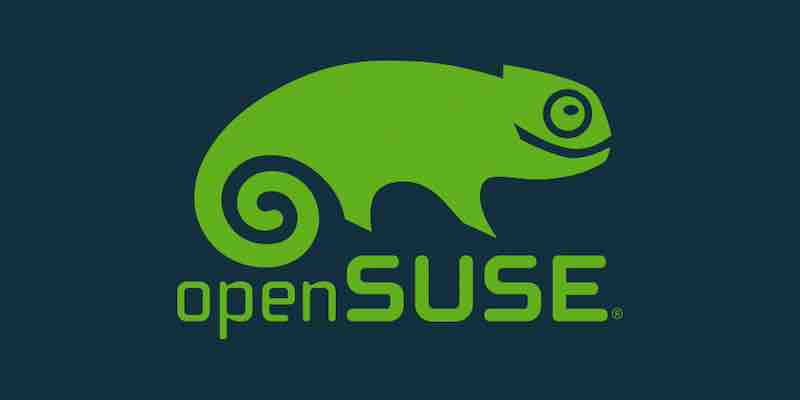SUSE Linux: The Pioneer Enterprise Linux Company and Its Operating System

SUSE Linux, pronounced “soo-suh,” is one of the oldest and most respected names in the world of Linux. Founded in 1992, SUSE (Software und System-Entwicklung) has been at the forefront of open-source innovation, delivering robust Linux and cloud infrastructure solutions to enterprises worldwide. This article provides an in-depth look at the company and its flagship operating system.
History of SUSE
SUSE was founded in Germany by Roland Dyroff, Thomas Fehr, Burchard Steinbild, and Hubert Mantel. The company started as a UNIX consulting business but quickly shifted its focus to Linux after the release of the Linux kernel by Linus Torvalds in 1991. In 1994, SUSE released its first Linux distribution, S.u.S.E. Linux 1.0, based on the Softlanding Linux System.
Over the years, SUSE has undergone various acquisitions and changes in ownership. Notably, Novell acquired it in 2003 and later by Attachmate in 2010. As of 2019, SUSE operates as an independent business after its acquisition by EQT Partners.
SUSE Linux Enterprise (SLE)
SUSE Linux Enterprise is the flagship product of SUSE, tailored for enterprises. It comes in various flavors:
- SUSE Linux Enterprise Server (SLES): Designed for mission-critical workloads, SLES offers a reliable, scalable, and secure server operating system.
- SUSE Linux Enterprise Desktop (SLED): Aimed at enterprise desktop users, SLED provides a user-friendly experience with the power of Linux.
- SUSE Linux Enterprise Real Time: This modified version of SLES supports real-time computing for time-sensitive applications.
Features and Innovations
- YaST (Yet another Setup Tool): A powerful installation and configuration tool is one of SUSE’s most notable contributions to the Linux community.
- Btrfs Filesystem: SUSE was among the first to adopt and offer enterprise support for the Btrfs filesystem, known for its advanced snapshot and rollback capabilities.
- Open Build Service: An innovative platform that allows developers to compile and build packages for multiple Linux distributions.
- Zypper: A command-line package management tool with powerful features like dependency resolution and patch management.
Community Involvement
SUSE has always been a strong advocate of open-source principles. The company backs this up with its community-driven distribution, openSUSE. There are two main versions of openSUSE:
- openSUSE Leap: This version offers a stable base, sharing a common core with SLE.
- openSUSE Tumbleweed: A rolling-release version that provides the latest software versions.
Conclusion
SUSE Linux has been a cornerstone in the Linux community for nearly three decades. With its enterprise-grade solutions, commitment to open-source principles, and continuous innovations, SUSE remains a preferred choice for businesses worldwide. As the world leans more towards open-source solutions, SUSE’s role becomes even more pivotal in shaping the future of enterprise computing.